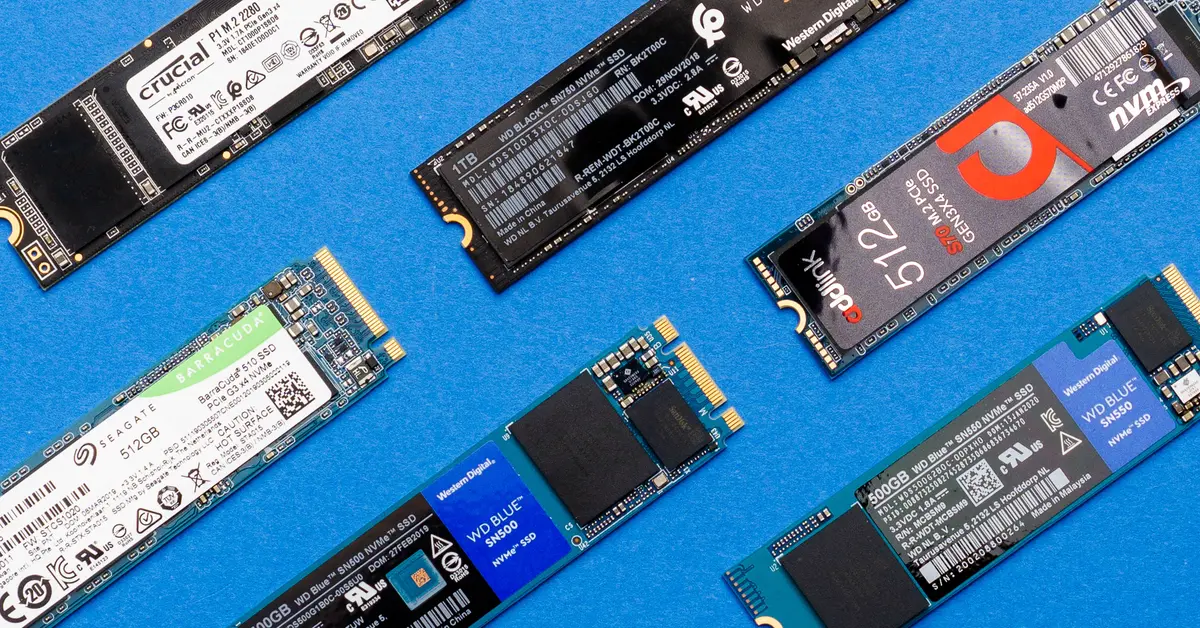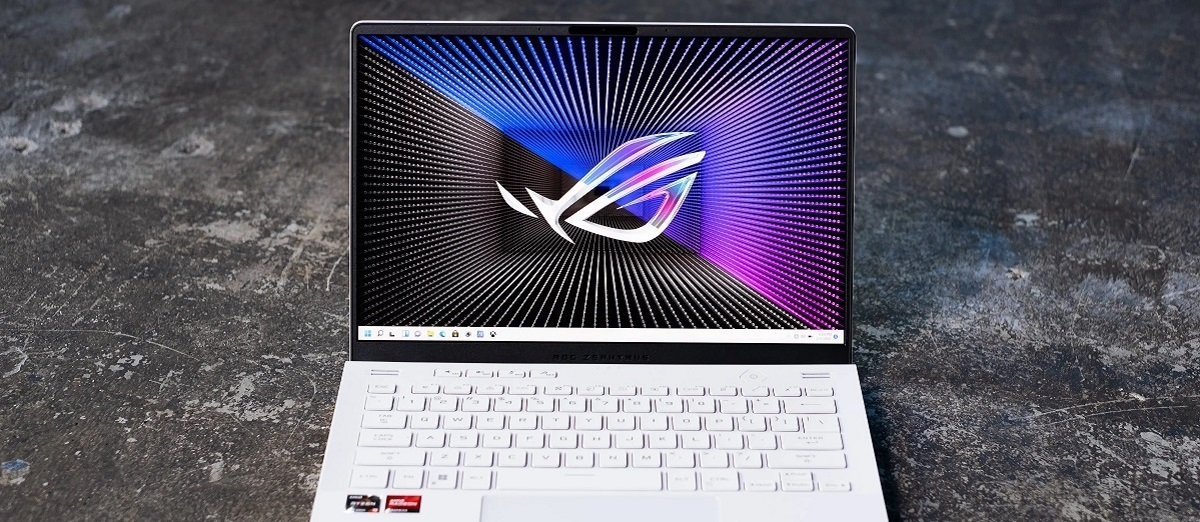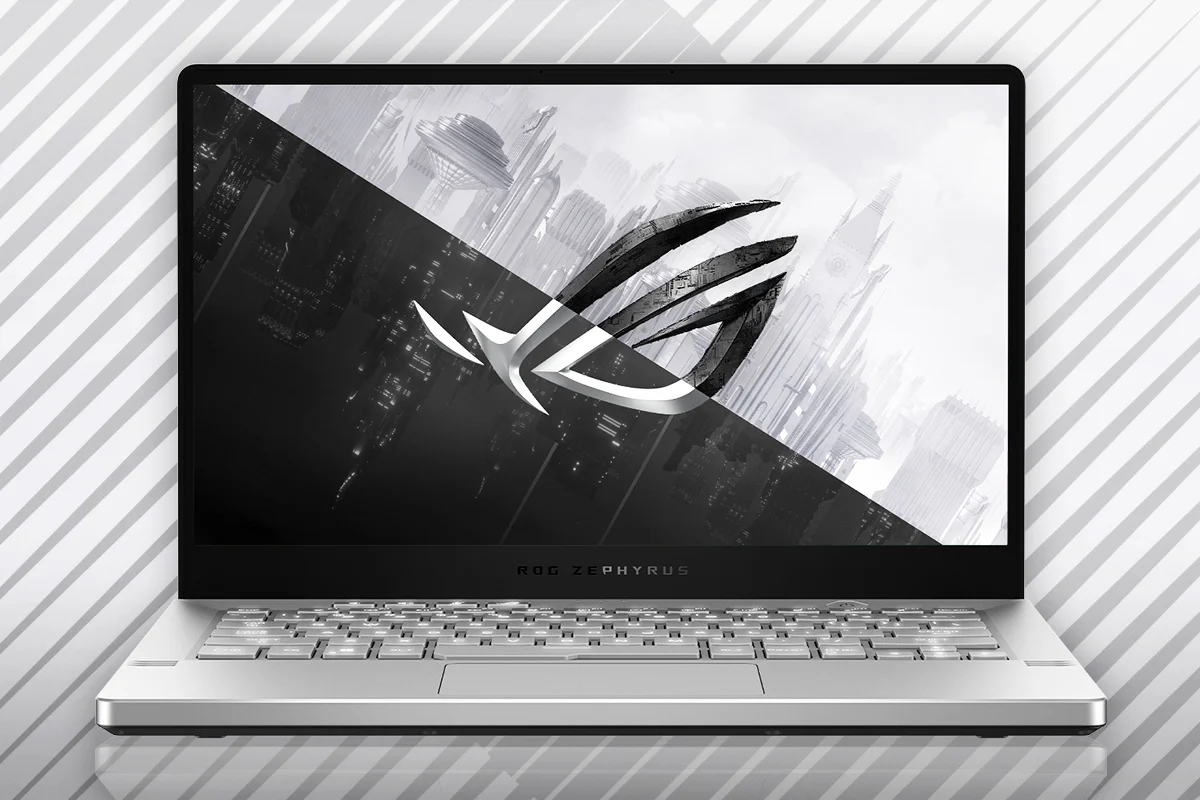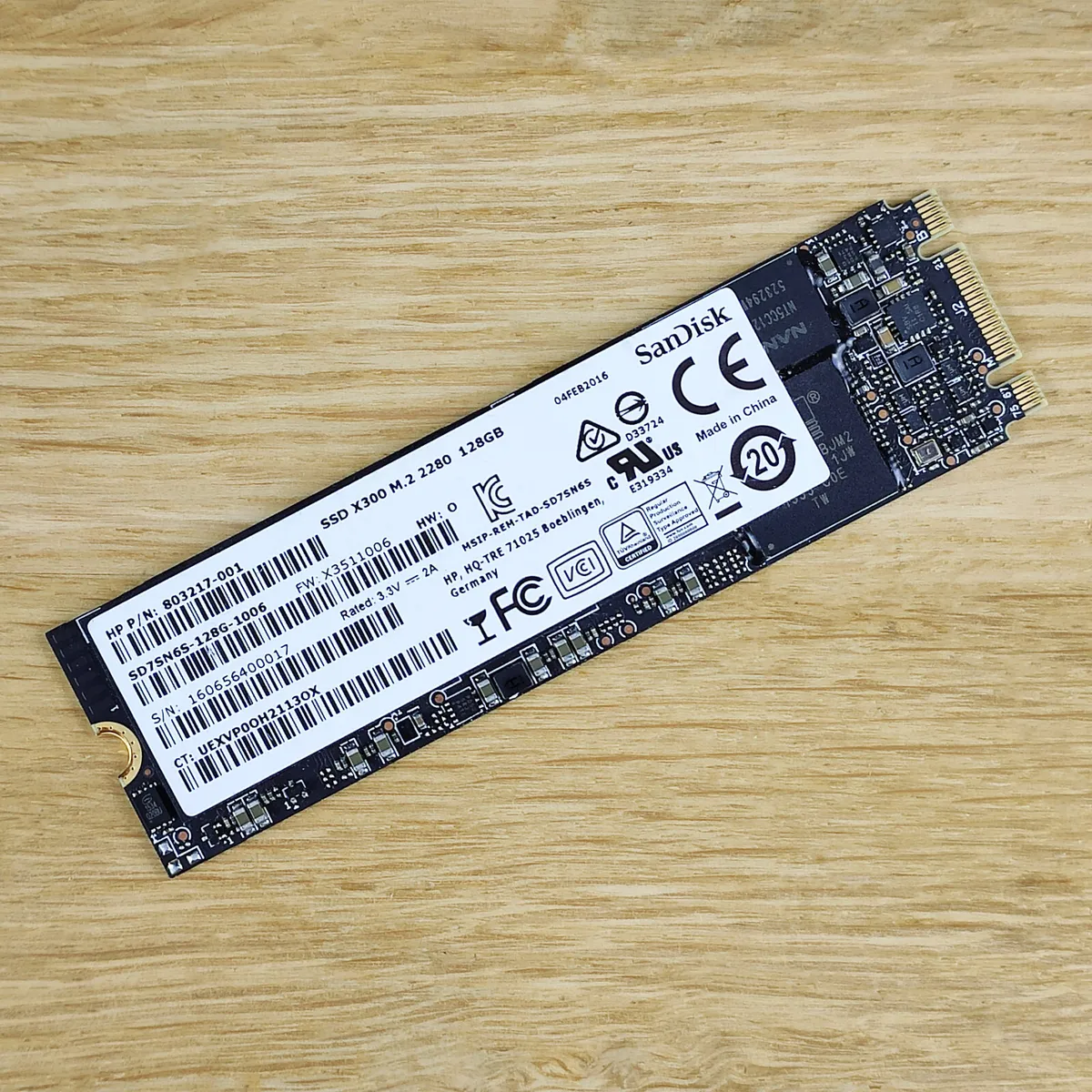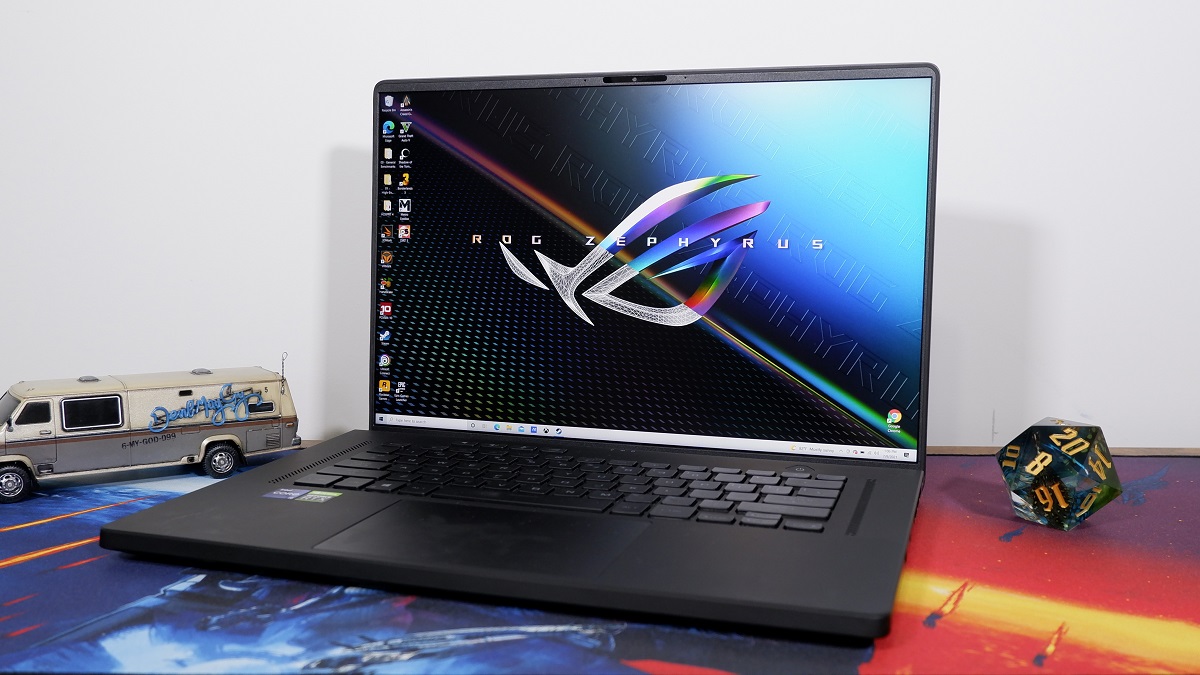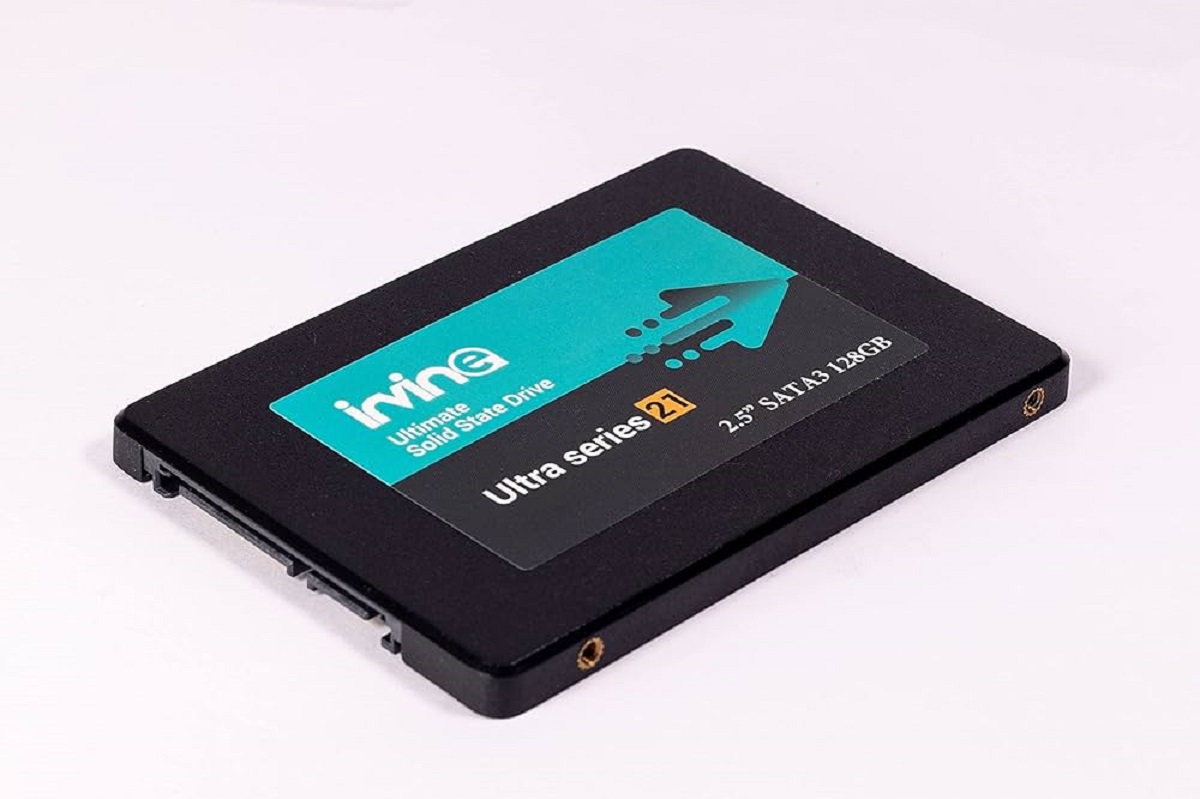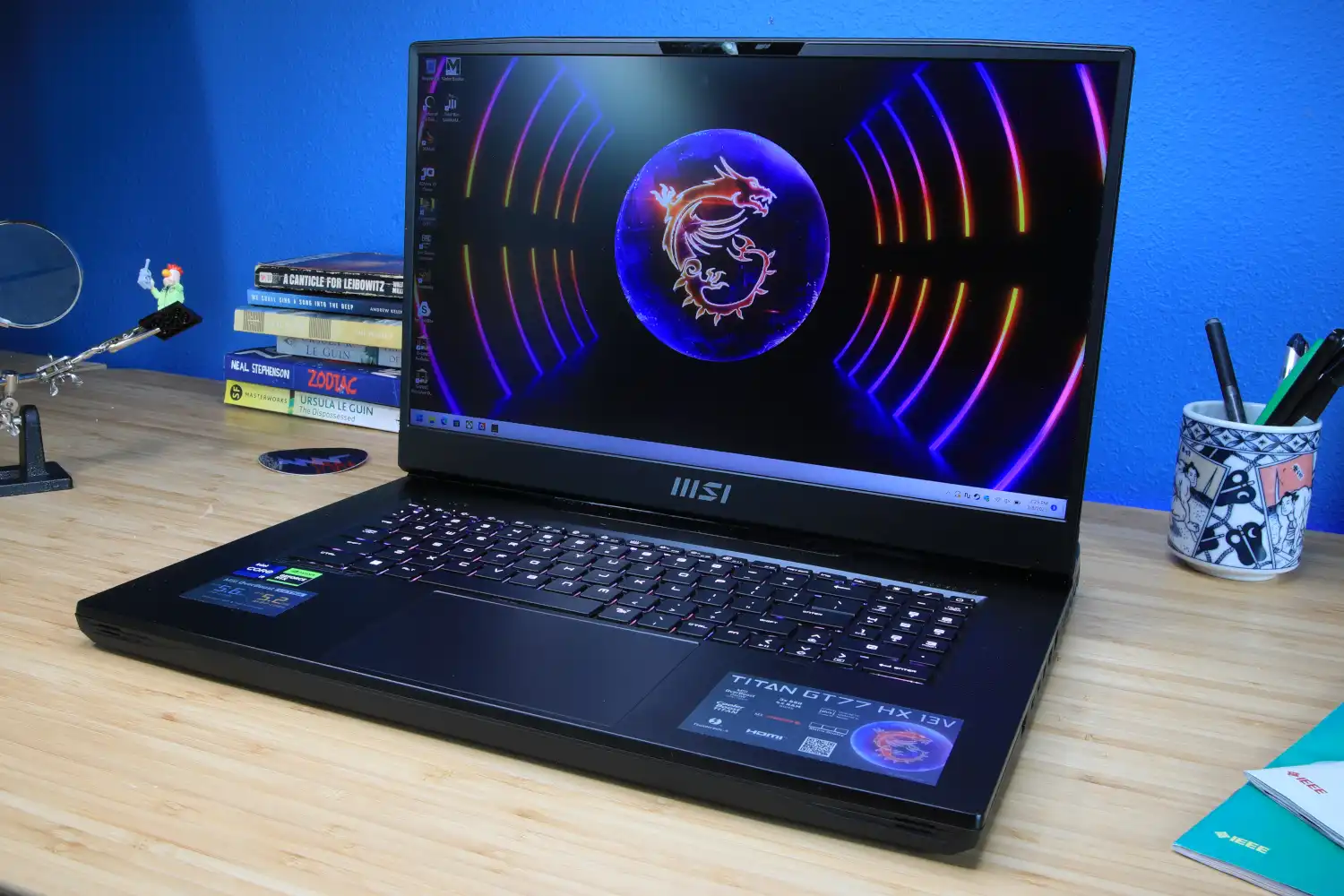Introduction
Welcome to the world of solid-state drives (SSDs) – the revolutionary storage technology that has transformed the way we store and access data on our laptops. With their lightning-fast speeds and durability, SSDs have become the preferred choice for many laptop users, replacing traditional hard disk drives (HDDs). However, with various options available, it can be challenging to determine how many gigabytes (GB) of SSD storage you actually need on your laptop.
In this article, we’ll delve into the factors you should consider when deciding the ideal amount of SSD storage for your laptop. Whether you use your laptop for general tasks, gaming, video editing, or professional work, we’ll guide you through the decision-making process.
Before we dive into the nitty-gritty, let’s first understand the basics of SSDs and how they differ from HDDs. SSDs use flash memory to store data, providing faster read and write speeds compared to traditional HDDs that use spinning disks. This speed advantage results in quicker boot times, faster file transfers, and snappier overall performance.
Additionally, SSDs are more durable as they have no moving parts, making them less susceptible to physical damage caused by drops or shocks. They also generate less heat and are energy-efficient, resulting in longer battery life for your laptop.
Now that we have a basic understanding of SSDs, let’s examine the factors that will help determine the appropriate SSD storage capacity for your laptop.
Understanding SSDs
Before we delve into determining the right amount of SSD storage you need on your laptop, let’s explore the key factors that make SSDs unique and desirable.
One of the significant advantages of SSDs is their speed. Unlike traditional hard disk drives (HDDs) that rely on spinning disks to access data, SSDs use flash memory. This allows for near-instantaneous data retrieval, resulting in faster boot times, quicker application launches, and improved overall system responsiveness. Whether you’re browsing the web, working on documents, or editing multimedia files, the speed benefits of SSDs can greatly enhance your user experience.
Another noteworthy aspect of SSDs is their durability. Since SSDs have no moving parts, they are less prone to physical damage and mechanical failure compared to HDDs. This means your data is better protected, especially if you often find yourself on the go or in situations where your laptop might experience bumps or drops. Additionally, the absence of moving parts reduces the noise and vibration associated with HDDs, resulting in a quieter and more peaceful computing experience.
In terms of energy efficiency, SSDs consume significantly less power than HDDs. This not only contributes to longer battery life for your laptop but also reduces heat generation. The cooler operation of SSDs can result in a more stable system, as excessive heat can negatively impact the performance and lifespan of computer components.
It’s important to note that while SSDs provide numerous advantages, they do come at a higher price per gigabyte compared to HDDs. However, the costs have significantly decreased over the years, making SSDs more accessible and affordable for consumers. Considering the performance benefits and overall longevity of SSDs, the investment is well worth it.
Now that we have a better understanding of the fundamental characteristics of SSDs, let’s move on to the factors you should consider when determining the ideal SSD storage capacity for your laptop.
Factors to Consider
When deciding how many gigabytes of SSD storage you need on your laptop, there are several key factors that you should take into consideration:
1. Storage Needs: Assess your storage requirements based on the type of files you regularly work with. If you primarily use your laptop for basic tasks such as web browsing, email, and document editing, a lower storage capacity SSD, such as 256GB, may be sufficient. However, if you work with large media files, such as high-resolution photos or videos, or if you have a vast collection of applications and games, you may want to opt for a higher capacity SSD, such as 512GB or 1TB.
2. Budget: The cost per gigabyte of SSD storage decreases as the capacity increases. Evaluate your budget and strike a balance between your storage needs and what you are willing to spend. Consider whether you can leverage cloud storage or external drives for less frequently accessed files to help manage costs.
3. Future Proofing: Think about your laptop usage over the next few years. As technology evolves, software and applications tend to become more resource-intensive and require larger storage capacities. It’s wise to future-proof your laptop by opting for a slightly higher SSD capacity if your budget allows, ensuring you have ample space for future needs.
4. Dual Drive Configurations: Some laptops offer the option to have both an SSD and an HDD installed. This allows you to enjoy the speed benefits of an SSD for your operating system and frequently used applications while having the mass storage capacity of an HDD for larger files and data archives.
5. Cloud Storage and External Drives: Consider whether you can offload some of your files to cloud storage services or external drives to free up SSD space. Cloud storage can be a cost-effective solution for storing files that are not frequently accessed, while external drives can provide additional storage capacity when needed.
By carefully considering these factors, you can determine the optimal SSD storage capacity for your laptop that meets your needs without breaking the bank. Let’s explore specific scenarios next to get a better idea of the storage requirements for different usage types.
General Usage
If you primarily use your laptop for general tasks like web browsing, email, document editing, and multimedia consumption, a moderate SSD storage capacity should suffice.
For light to moderate users, a 256GB or 512GB SSD will provide ample space for the operating system, essential software, and a reasonable collection of personal files. These capacities strike a balance between cost, performance, and storage needs. They allow for smooth day-to-day usage without the need to continually manage and delete files to free up space.
Keep in mind that operating systems and software do require some storage space. This means that if you opt for a 256GB SSD, the usable space will be slightly lower due to these system requirements. Consider this factor while estimating your storage needs.
Moreover, remember that as time goes on, software updates and new applications may require additional storage space. It is advisable to leave some headroom on your SSD for future updates and software installations.
If you are a casual user who does not work extensively with large media files or have intensive storage needs, a 256GB or 512GB SSD should provide a smooth and efficient computing experience.
However, if you frequently download movies, store a large music library, or have a sizable collection of photos, you may want to opt for a higher capacity SSD. Consider a 1TB SSD or even larger to ensure you have ample space for your files and the flexibility to expand your digital library.
Ultimately, the storage capacity you choose for general usage depends on how much data you anticipate storing and the room you want for future growth. Assess your storage needs realistically and choose an SSD size that aligns with your usage patterns while considering potential updates and expansions.
Gaming and Video Editing
If you’re a gaming enthusiast or regularly work with video editing software, you’ll likely require a larger SSD storage capacity to accommodate the demands of these resource-intensive tasks.
Gaming enthusiasts often install a wide variety of games on their laptops. AAA titles, in particular, can consume a significant amount of storage space. Additionally, game updates, patches, and downloadable content (DLC) can quickly eat into available storage. For avid gamers, a spacious SSD is essential to ensure smooth gameplay and quick load times.
For gaming purposes, a 1TB or larger SSD is highly recommended. This capacity allows you to install multiple games, manage updates efficiently, and have room for future releases. It also provides ample space for game recording and streaming, saving your gameplay videos, and capturing memorable gaming moments.
Video editing is another resource-intensive task that requires substantial storage capacity. High-definition and 4K videos, along with associated project files, can quickly fill up your SSD. For video editors, a larger SSD capacity is crucial to prevent storage limitations and ensure seamless editing workflows.
If you work with video editing software, consider a 1TB or higher capacity SSD. This will provide sufficient space for storing raw footage, project files, and rendered videos. Having a larger capacity SSD allows for smooth playback and efficient editing without the need to constantly transfer files to external drives.
Moreover, if you collaborate with other creatives or frequently exchange large video files, having ample SSD space is even more critical. It enables you to keep multiple projects accessible without running out of storage.
Remember to account for software installations, plugins, and any other applications you may use in conjunction with gaming or video editing. These add-ons can also consume a significant amount of storage space.
In summary, gaming enthusiasts and video editors should prioritize larger SSD storage capacities of 1TB or more. This ensures smooth gaming experiences, quick load times, and ample storage for editing projects, raw footage, and rendered videos.
Business and Professional Use
For business and professional users, particularly those who deal with extensive data and require multitasking capabilities, a solid-state drive (SSD) with ample storage capacity is crucial.
Business users often work with large files, such as spreadsheets, presentations, and databases, which can take up significant storage space. Additionally, virtual machines, software development environments, and data analysis tools require substantial storage for efficient operation.
For these purposes, a minimum SSD capacity of 512GB is recommended. This size will accommodate the operating system, essential software applications, and various files associated with day-to-day business activities. It will provide sufficient space to store and access critical business data without the need for constant file management.
Furthermore, professionals who work in fields such as graphic design, architecture, or engineering may require even larger storage capacities. High-resolution design files, 3D models, and project assets can quickly consume space on an SSD.
For these professionals, a 1TB or larger SSD is recommended to ensure smooth operations and provide ample room for storing and accessing project files. This capacity will not only support the current workload but also accommodate future project expansions and updates.
Business travelers and professionals who frequently work on the go can also benefit from larger SSD capacities. Having adequate storage means less reliance on external drives or cloud storage solutions, allowing for greater flexibility and productivity on the move.
It’s important to consider factors such as data security and backup strategies when choosing an SSD for business or professional use. Ensuring regular backups and utilizing cloud storage or external drives as redundancy measures can help safeguard critical data in case of SSD failure or other unforeseen circumstances.
In summary, business and professional users should prioritize larger SSD capacities, starting from a minimum of 512GB and scaling up depending on specific storage requirements. This will enable efficient multitasking, seamless access to critical business data, and room for future expansion.
Final Thoughts
Choosing the right amount of SSD storage for your laptop is an important decision that will impact your computing experience. By considering your specific needs, budget, and future requirements, you can find the optimal SSD capacity that strikes a balance between performance, storage space, and cost.
For general usage, a 256GB or 512GB SSD is often sufficient, offering a good balance of storage capacity and affordability. Users who work with larger files or require more space for applications and games may opt for a higher capacity SSD, such as 1TB or larger.
Gaming enthusiasts and video editors should prioritize larger SSD capacities to accommodate resource-intensive tasks. A 1TB or larger SSD ensures smoother gaming experiences, quick load times, and ample storage for large video files and editing projects.
Business and professional users should consider a minimum of 512GB of SSD storage, with larger capacities being ideal for those who deal with extensive data and require multitasking capabilities. Having sufficient storage space ensures smooth workflow, efficient access to files, and room for future growth.
Remember that SSDs offer several advantages over traditional hard disk drives, including faster speeds, durability, and energy efficiency. It’s worth investing in an SSD for improved performance and reliability, even if it means paying a premium for the storage capacity you need.
Lastly, don’t forget to regularly back up your important files and consider utilizing cloud storage or external drives as additional options for managing and storing files that you don’t access frequently. This will help ensure the safety and accessibility of your data, even if your SSD encounters any issues.
Now armed with the knowledge of SSD capacities and factors to consider, you can confidently make an informed decision on how many gigabytes of SSD storage you need on your laptop. Choose wisely and enjoy the enhanced speed and performance that SSDs bring to your computing experience.







